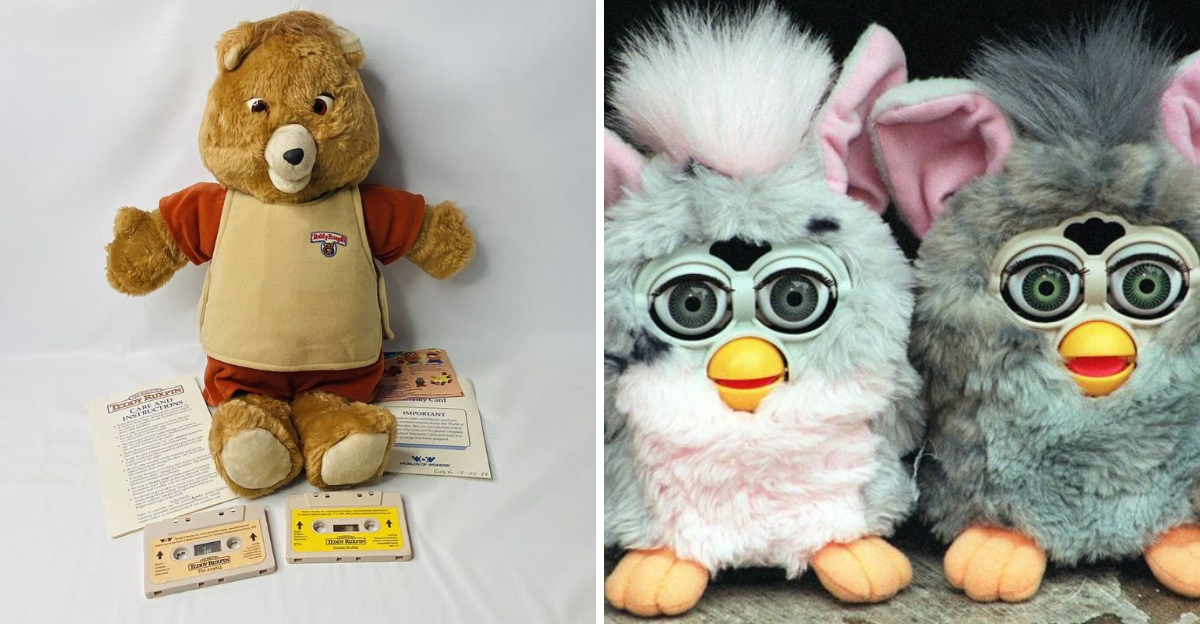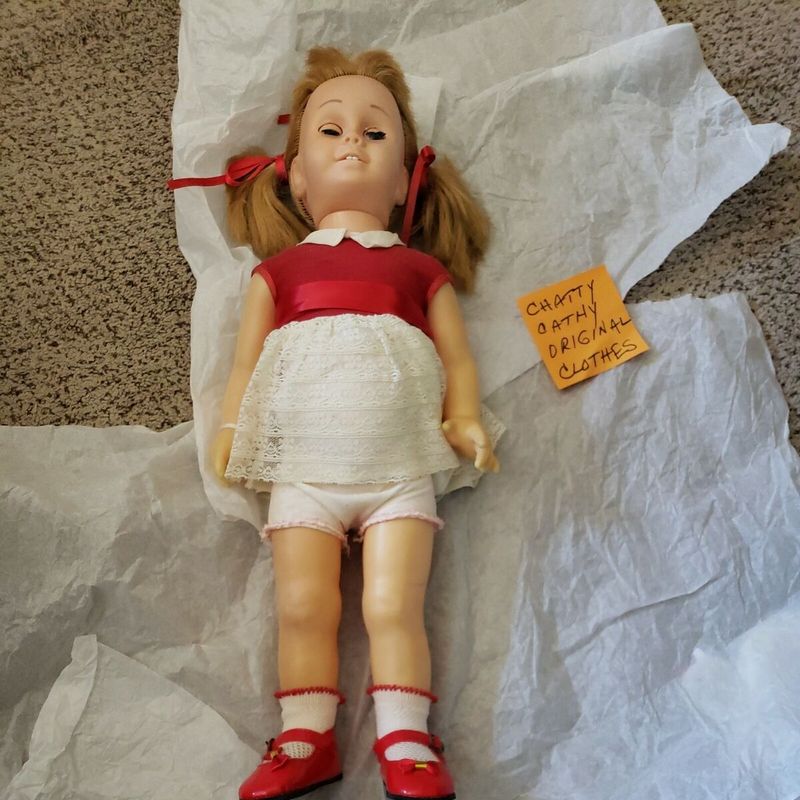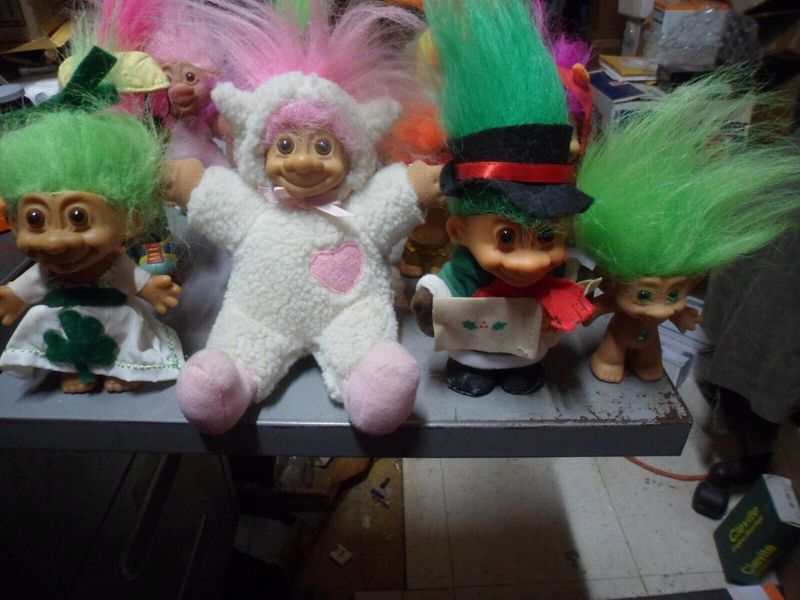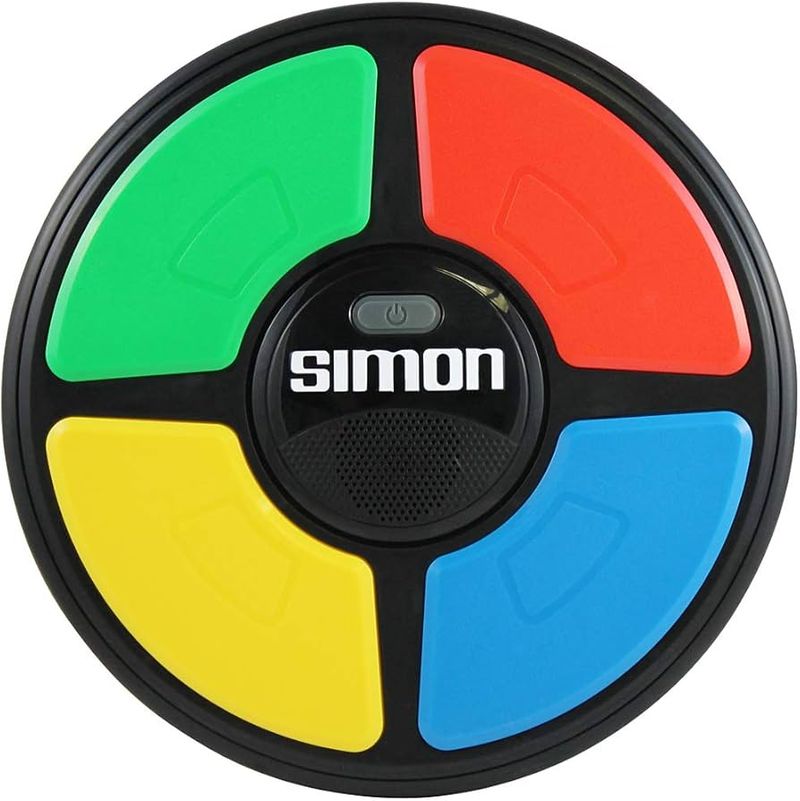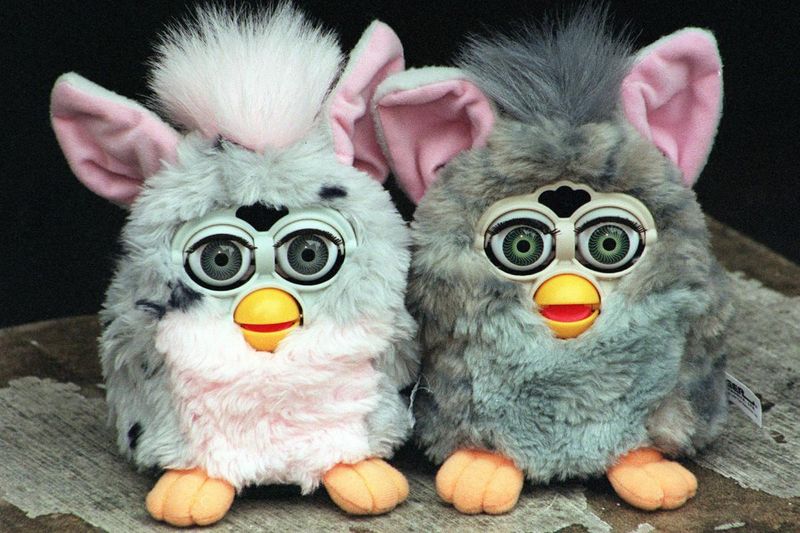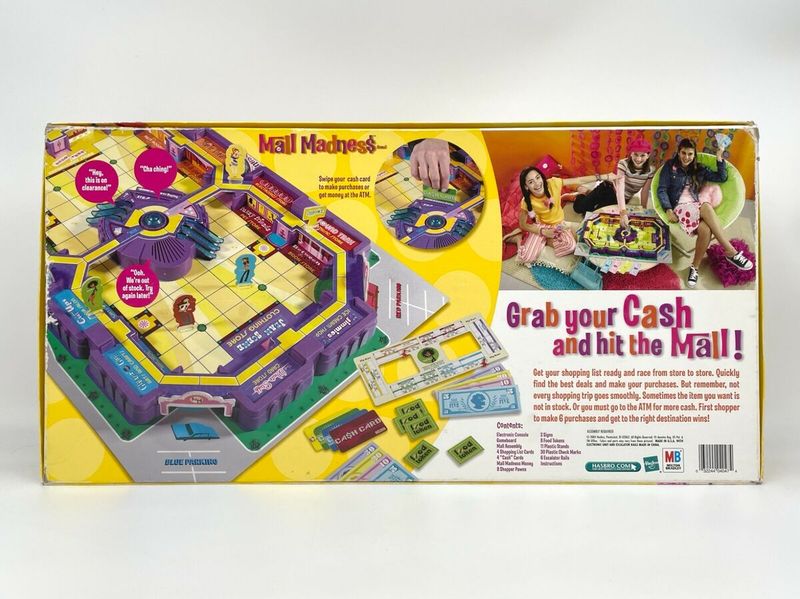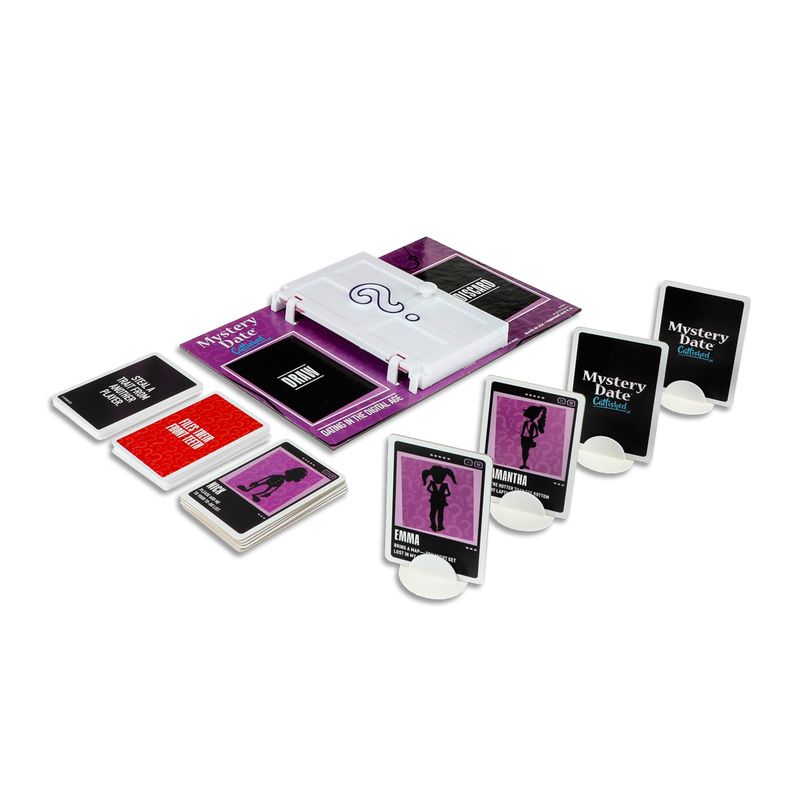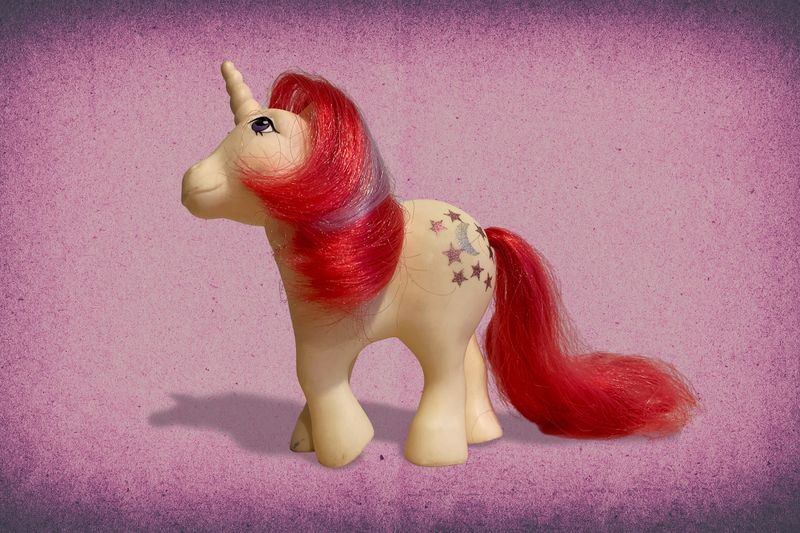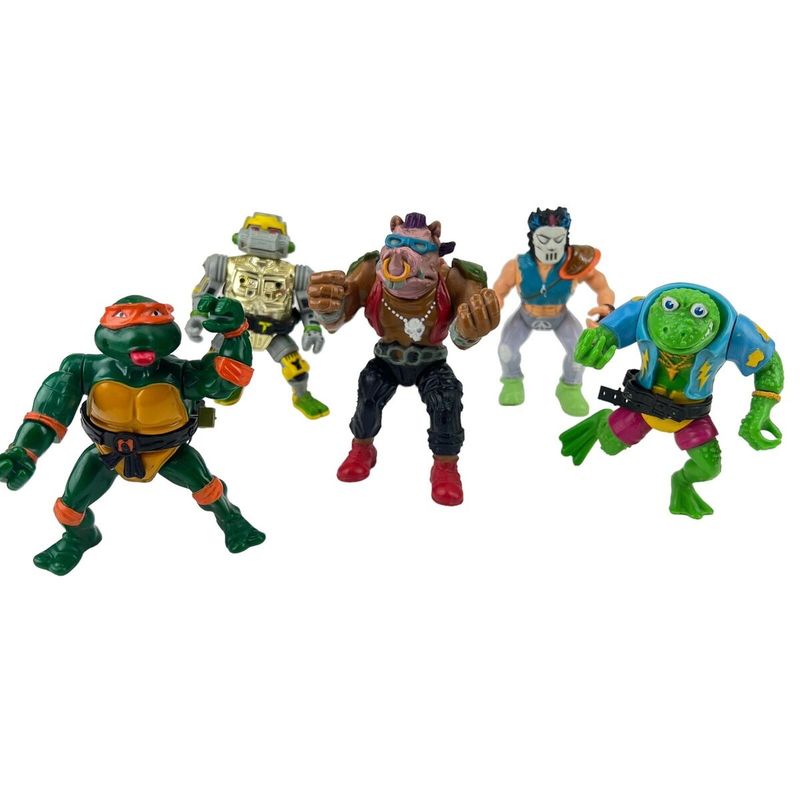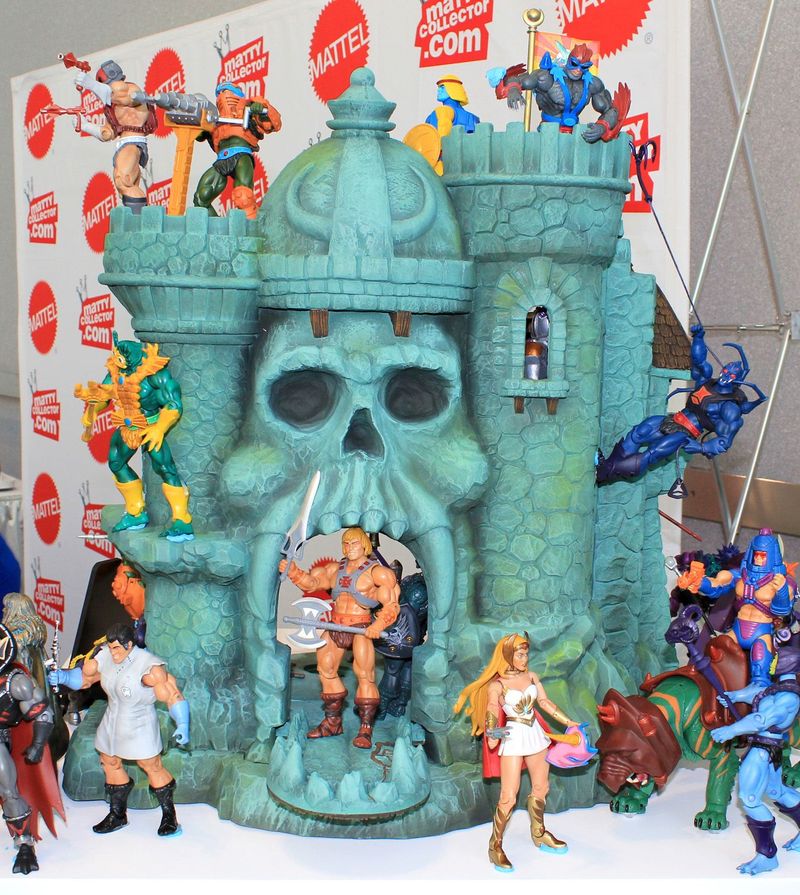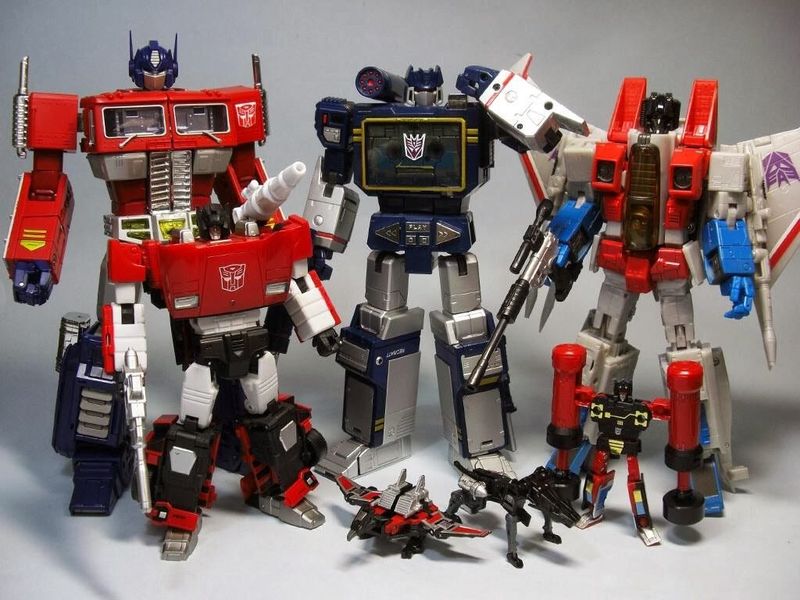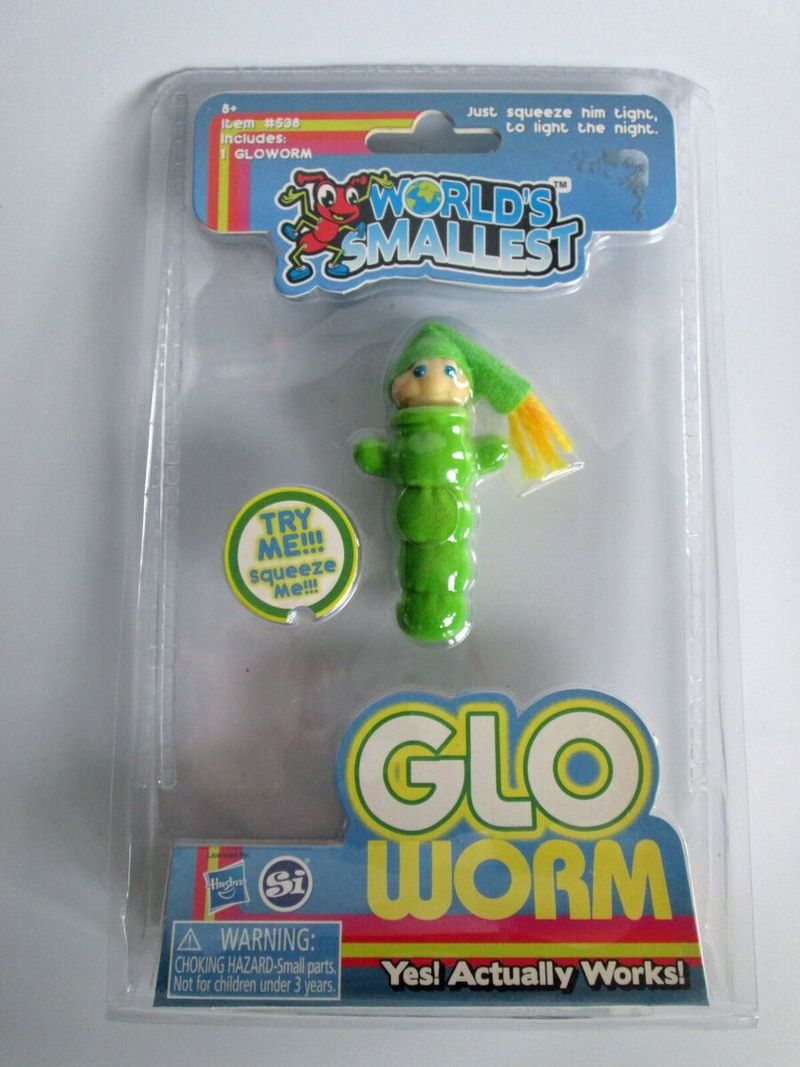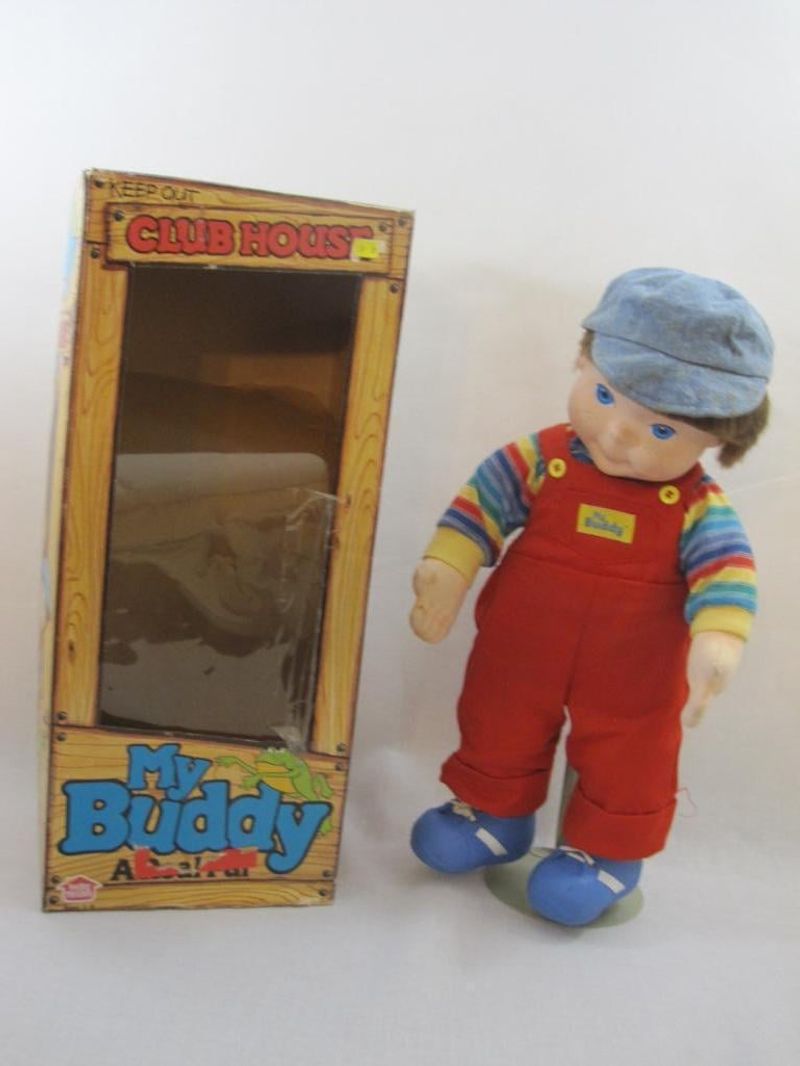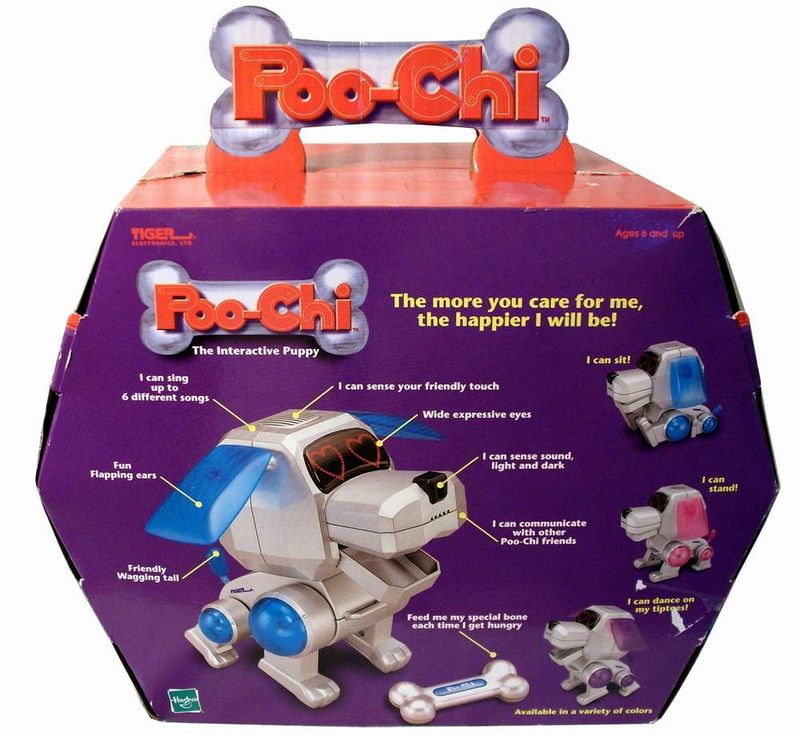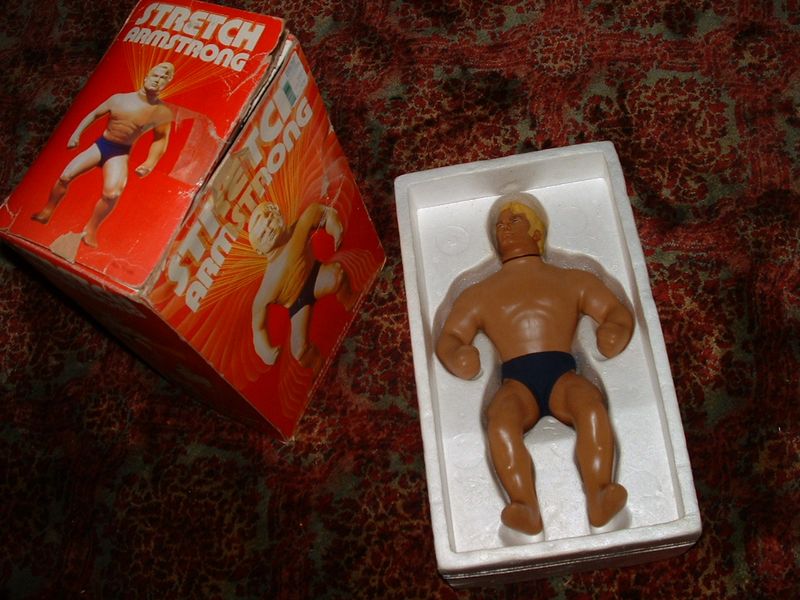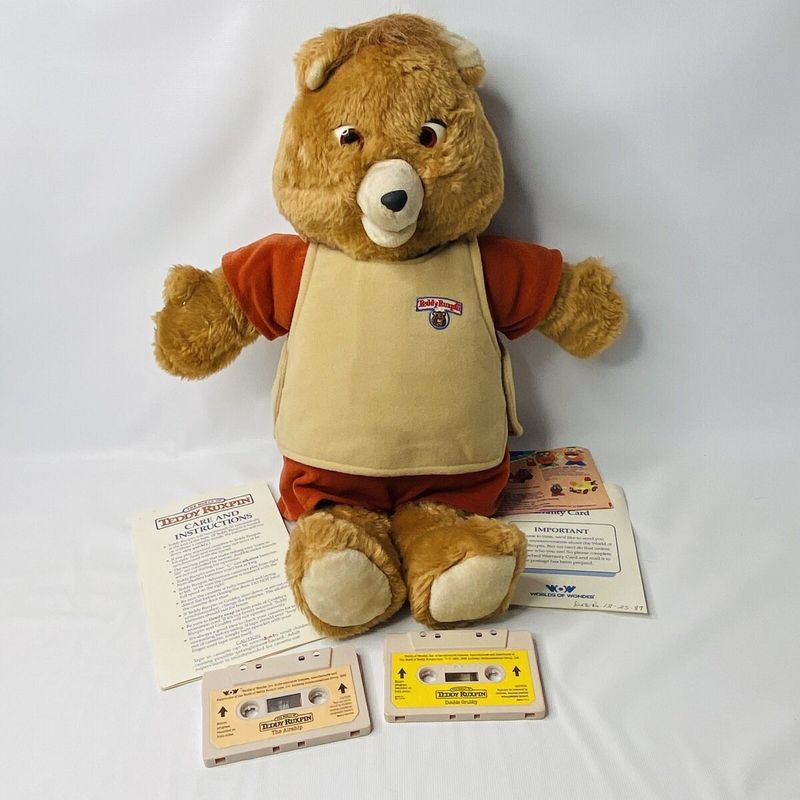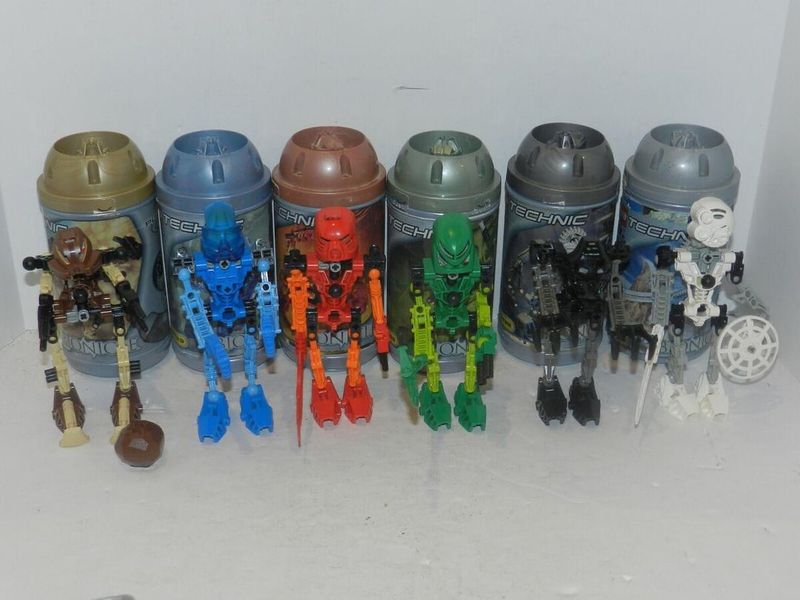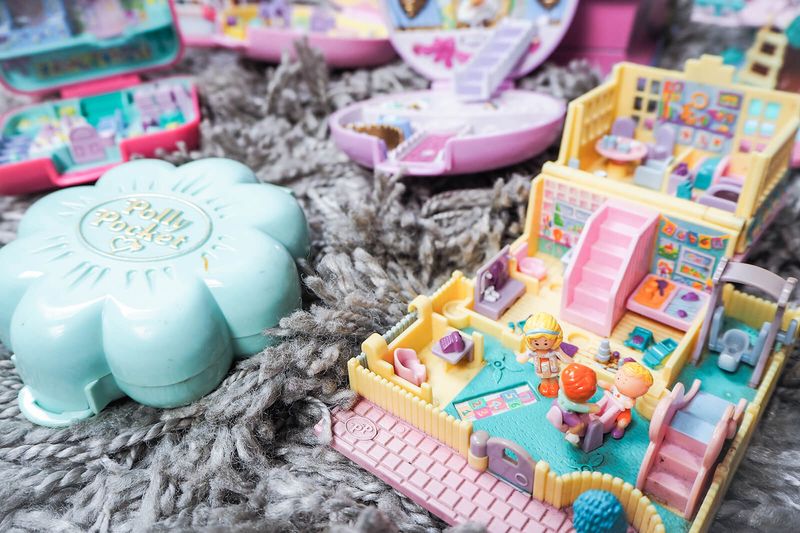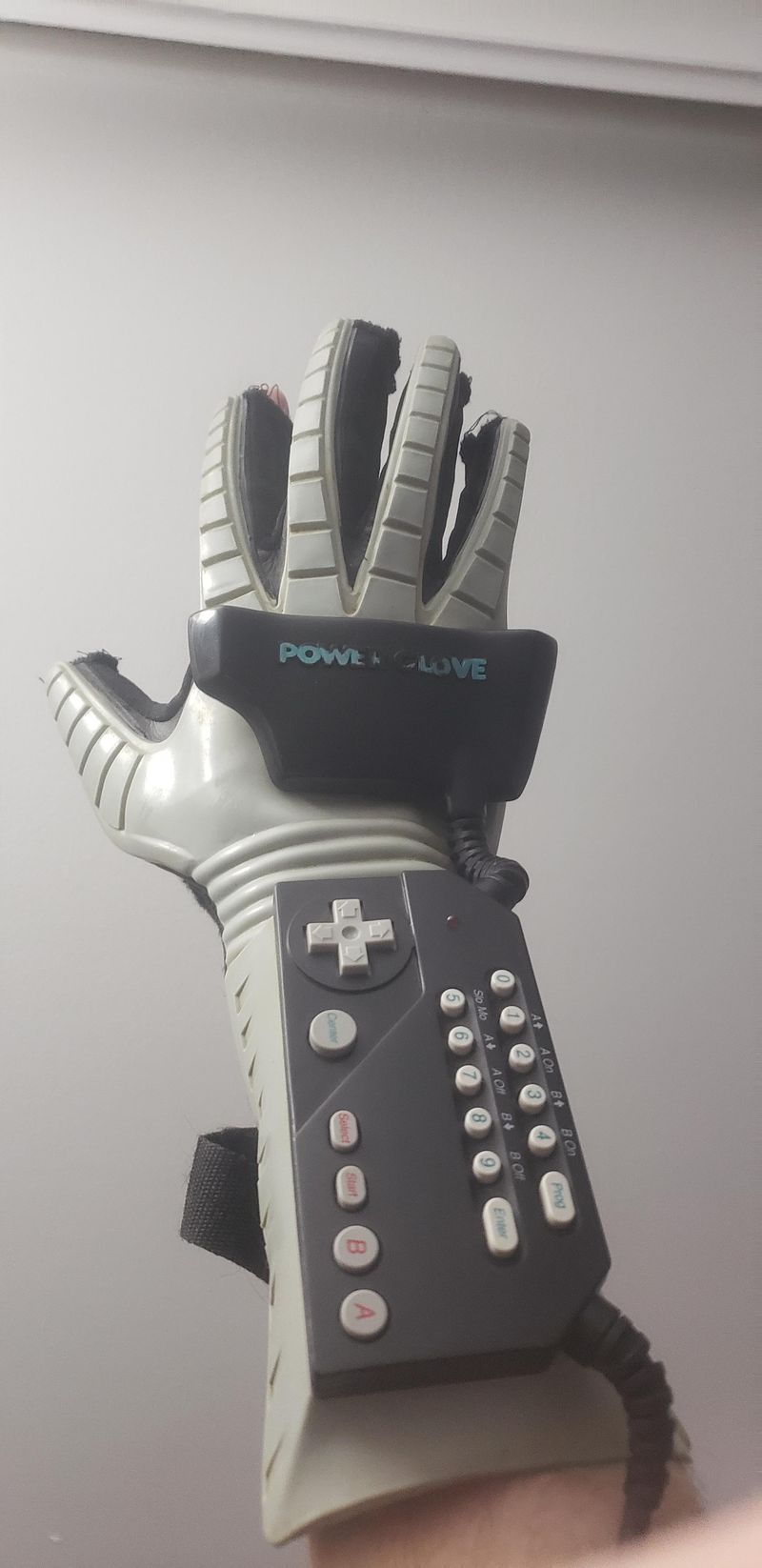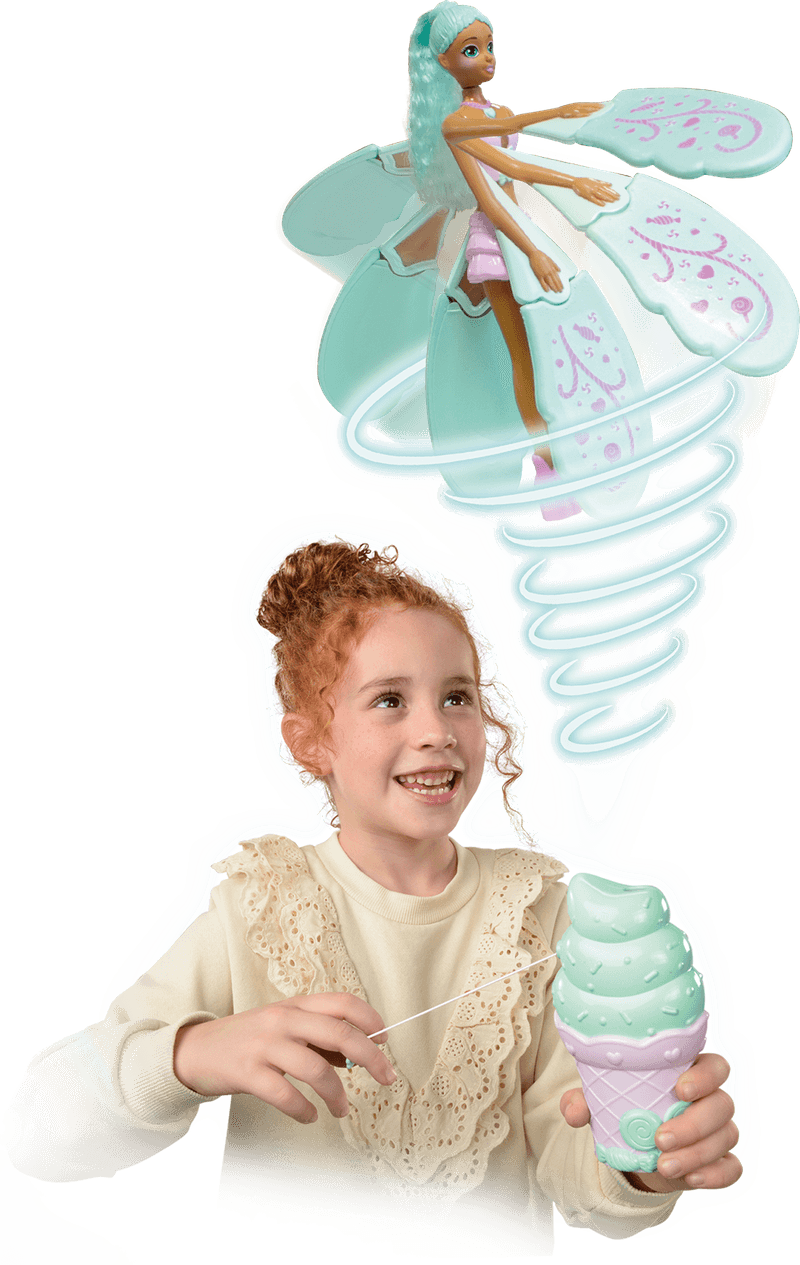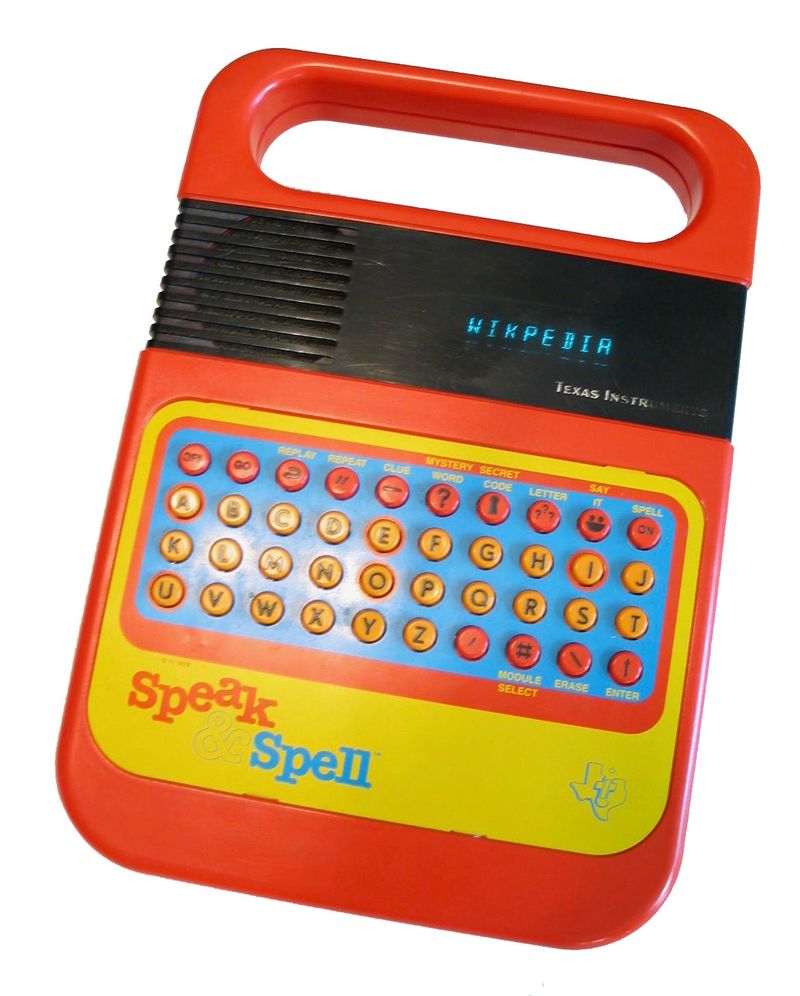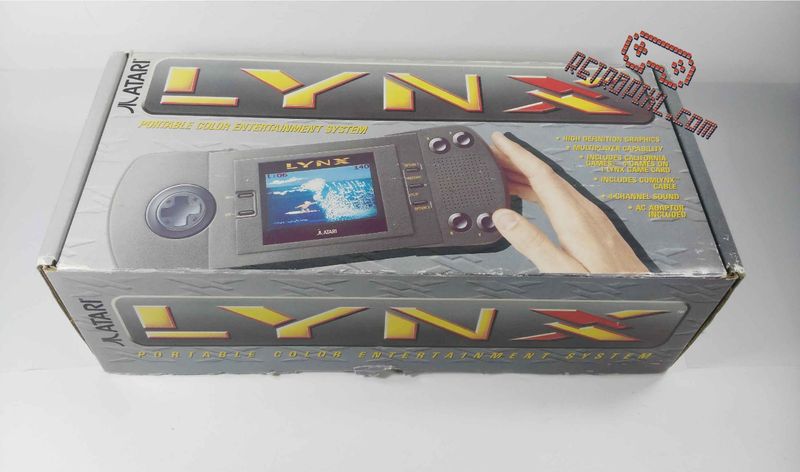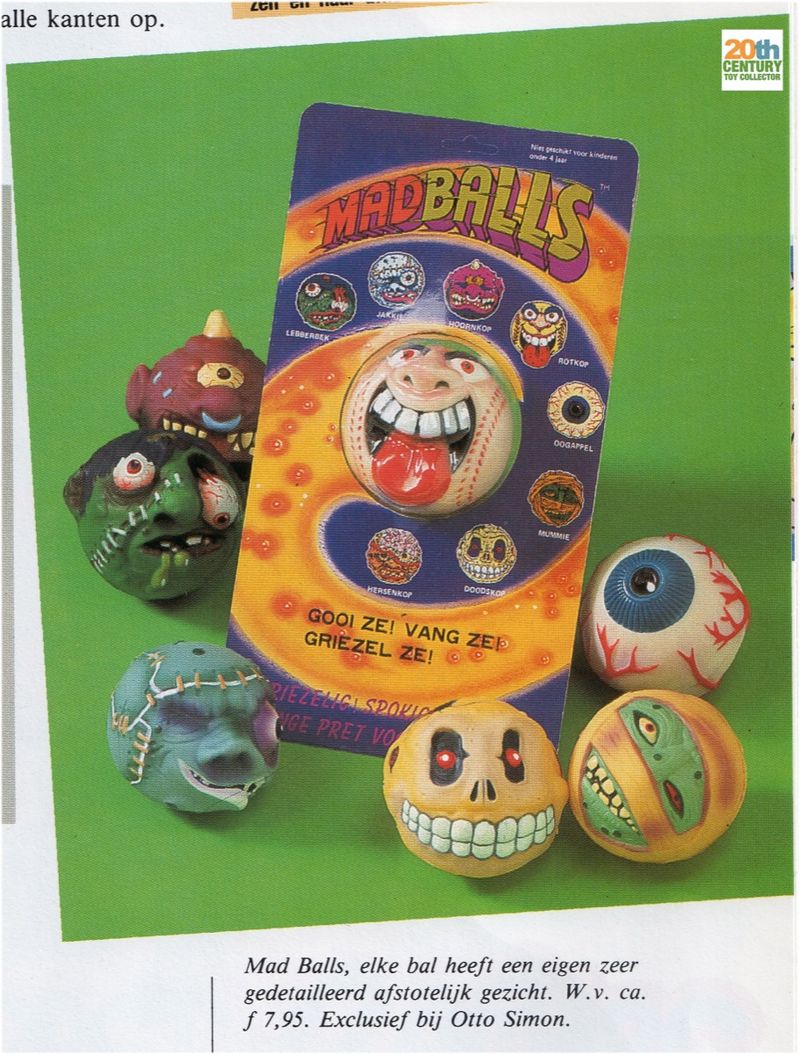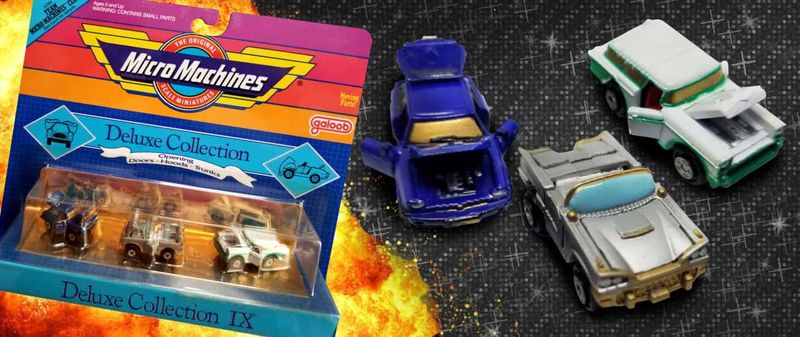Every generation has its iconic toys that spark cherished memories. For those who grew up in certain eras, these toys were more than just playthings—they were a pivotal part of childhood.
This blog post explores 27 such toys that defined a generation but have since been discontinued. From electronic games to beloved action figures, each of these toys tells a story of creativity and nostalgia.
Let’s take a journey down memory lane and remember these treasures that left a lasting impact on our lives, even if they’ve now disappeared from store shelves.
1. Chatty Cathy
Chatty Cathy, the talking doll from the 1960s, was a beloved companion for many children. She featured a unique pull-string voice box that allowed her to speak various phrases, a novelty at the time. Her cherubic face and stylish dresses made her a favorite among young girls.
Introduced in 1959, Chatty Cathy became an instant success, sparking a wave of talking dolls. However, by 1969, her voice was silenced as production ceased. The doll remains a cherished collector’s item, embodying the charm of a bygone era.
For those who remember her, Chatty Cathy represents the simplicity of childhood past.
2. Troll Dolls
Troll Dolls, with their unmistakable wild hair and quirky expressions, were a staple in toy boxes during the 1960s and 70s. Originating from Denmark, these small creatures captured the imagination of children worldwide.
Available in various sizes and colors, Troll Dolls were more than toys—they were collectibles. Kids enjoyed trading them, styling their hair, and even decorating their rooms with them.
Their charm faded by 1979, as trends shifted. Yet, these whimsical figures remain a nostalgic memory for many, evoking a sense of playful creativity and innocence from childhood.
3. Simon (Electronic Memory Game)
The Simon electronic memory game, introduced in the late 1970s, was a revolutionary toy that combined fun with cognitive challenge. Its simple yet addictive gameplay required players to remember and repeat sequences of flashing lights and sounds.
Simon was more than just a game—it was a test of memory and concentration. Many remember huddling around the game, eager to beat their previous high scores.
Unfortunately, by 1983, Simon’s popularity had waned, and it was discontinued. It remains an iconic piece of gaming history, fondly remembered by those who grew up in that era.
4. Original Furby
The Original Furby, launched in 1998, was more than just a toy—it was a phenomenon. This interactive pet could “learn” language, respond to touch, and even develop a personality, captivating children worldwide.
Furbies were known for their big eyes, soft fur, and quirky voices, creating a sense of companionship. They were often seen as the perfect gift during the holiday season.
By 2000, the initial wave of Furby frenzy subsided, and production stopped. Nevertheless, the Original Furby remains a beloved memory for those who experienced its unique blend of technology and charm.
5. Creepy Crawlers
Creepy Crawlers, introduced in the 1960s, allowed children to create their own rubbery insects using special molds and a heating element. This hands-on toy was both fun and educational, sparking creativity and interest in crafting.
Kids loved making colorful bugs and pranks with their creations. The joy of crafting their own toys was unmatched, offering a sense of accomplishment.
Sadly, by 1982, Creepy Crawlers were discontinued, partly due to safety concerns. Despite this, they remain fondly remembered by those who delighted in making their own creepy-crawly friends.
6. Mall Madness (Board Game)
Mall Madness, a board game from the late 1980s, captured the excitement of a shopping spree in a bustling mall. Players navigated the board, collecting items and money, in a race to complete their shopping lists.
This game was particularly popular among pre-teens, offering a glimpse into a world of fashion and consumer culture. It cleverly combined strategy with fun, making it a staple at sleepovers and parties.
Mall Madness was discontinued by 1999, but its vibrant gameplay and catchy phrases still echo in the memories of those who played it.
7. Mystery Date (Board Game)
Mystery Date, the board game introduced in the 1960s, was a delightful blend of chance and teenage fantasy. Players would embark on adventures to prepare for their mystery date, revealed by opening a secret door.
The anticipation of discovering who your date would be was thrilling. Would it be the dream date or the dud? This element of surprise captivated young players.
Although discontinued in 1989, Mystery Date remains a nostalgic relic of simpler times, when board games were central to social gatherings and imaginative play.
8. Original My Little Pony
The original My Little Pony toys, launched in the early 1980s, enchanted children with their vibrant colors and unique personalities. Each pony came with a distinct name, symbol, and story, sparking imaginative adventures.
Children loved brushing their ponies’ manes and creating endless tales in fantastical lands. These toys encouraged creativity and friendship, becoming treasured companions.
By 1992, the original line was phased out, only to be reinvented later. However, the first generation of My Little Pony remains a cherished memory for those who embraced their whimsical world.
9. Teenage Mutant Ninja Turtles Action Figures
The Teenage Mutant Ninja Turtles action figures, introduced in 1988, brought the heroic turtles from comic pages and TV screens into children’s playrooms. Each turtle had its own distinct personality, weapon, and color-coded bandana.
Kids loved reenacting battles against villains like Shredder and the Foot Clan, using the figures to create dynamic stories of good versus evil.
By 1996, the original line was discontinued as new generations of turtles emerged. Yet, these figures remain iconic, symbolizing a unique blend of action, humor, and camaraderie that defined a generation.
10. He-Man Action Figures
He-Man action figures, launched in the early 1980s, were central to the Masters of the Universe franchise. With muscular builds and powerful weapons, these figures embodied strength and heroism.
Children loved creating epic battles between He-Man and the villainous Skeletor, immersing themselves in the fantasy world of Eternia. The figures’ vibrant designs and accessories added to the allure.
Though discontinued in 1987, He-Man and his universe left a lasting legacy, inspiring cartoons, comics, and a sense of adventure that many still fondly recall.
11. Generation 1 Transformers
Generation 1 Transformers, launched in the mid-1980s, were more than just toys—they were shape-shifting robots with rich backstories. These figures could transform from vehicles into robots, captivating the imaginations of children.
The challenge of transforming them and the excitement of their animated series made them household favorites. Kids engaged in epic battles between Autobots and Decepticons, crafting their own narratives.
By 1992, this line concluded, as new iterations surfaced. Nevertheless, Generation 1 remains a pivotal moment in toy history, remembered for its innovation and storytelling.
12. Glo Worm
The Glo Worm, introduced in the early 1980s, was a plush toy that provided comfort and companionship. Its glowing head served as a nightlight, helping children feel safe in the dark.
With its soft body and friendly smile, the Glo Worm quickly became a bedtime staple. Kids would cuddle it as they drifted off to sleep, soothed by its gentle glow.
By 1993, the original Glo Worm was discontinued, yet it remains a fond memory for those who found solace in its warm light during their childhood nights.
13. My Buddy
My Buddy, introduced in the mid-1980s, was more than a doll—it was a friend. Designed to be a companion for young boys, it featured a friendly face and casual attire, encouraging imaginative play.
The doll’s relatable image helped break gender stereotypes in toys, providing boys with a buddy for adventures. Many children took My Buddy on outings, creating memories and stories together.
Despite its discontinuation in 2002, My Buddy remains a beloved figure for those who grew up with its companionship and the adventures it inspired.
14. Poo-Chi (Robotic Dog)
Poo-Chi, the robotic dog launched in 2000, was an interactive pet that combined technology with play. It could bark, sit, and respond to commands, mimicking real pet behavior.
Children loved training Poo-Chi and watching it perform tricks, finding joy in its electronic companionship. It offered a glimpse into the future of interactive toys.
Although discontinued by 2002, Poo-Chi holds a place in history as an early example of robotic pets, sparking interest in technology and nurturing a sense of responsibility in young pet owners.
15. Stretch Armstrong
Stretch Armstrong, introduced in 1976, was a unique action figure known for its extraordinary stretchability. Made from latex rubber, it could be pulled and twisted to incredible lengths, always returning to its original shape.
Kids were fascinated by the toy’s resilience, engaging in imaginative play as they tested its limits. Stretch Armstrong became a symbol of strength and flexibility.
Despite being discontinued in 1980, Stretch Armstrong remains an iconic toy, remembered for its innovative design and the endless fun it provided to adventurous children.
16. Teddy Ruxpin
Teddy Ruxpin, launched in 1985, was a storytelling bear that captivated children with its lifelike movements and engaging stories. Using cassette tapes, it brought tales to life, making bedtime storytelling an exciting experience.
Children were enchanted by Teddy’s expressive eyes and moving mouth, creating a sense of companionship and wonder. It fostered a love for reading and imagination.
By 1990, Teddy Ruxpin’s popularity waned, leading to its discontinuation. Yet, it remains a cherished memory for those who listened to its tales in childhood, igniting imaginations.
17. Bionicle
Bionicle, introduced in 2000, was a line of construction toys that combined storytelling with creative building. Each figure represented a hero from the mystical island of Mata Nui, embarking on epic quests.
The intricate designs and interchangeable parts encouraged creativity and imaginative play, allowing children to craft their own adventures.
Although Bionicle was discontinued in 2010, its unique blend of narrative and construction left a lasting impact, inspiring a generation of builders and storytellers who still reminisce about their heroic journeys.
18. Polly Pocket (Original Miniature Doll Line)
Polly Pocket, introduced in the late 1980s, was a series of miniature playsets that opened to reveal tiny worlds and figures. Each compact case contained themed environments, inviting endless imaginative play.
Children loved taking Polly on adventures, creating elaborate stories within her tiny universe. These toys were perfect for on-the-go fun, fitting snugly in pockets and bags.
Discontinued in 2002, the original Polly Pocket line remains a nostalgic favorite for those who delighted in its miniature magic, sparking creativity and wonder with every tiny detail.
19. Sega Pico
The Sega Pico, launched in the early 1990s, was an educational video game console that combined learning with fun. Using interactive storybooks, children could engage in educational activities on screen.
This innovative approach made learning enjoyable, with colorful graphics and interactive elements capturing young minds. It was a hit among parents and educators alike.
Although discontinued by 1998, the Sega Pico remains a landmark in educational gaming, remembered for its unique blend of technology and learning that inspired curiosity and excitement in children.
20. Power Glove
The Power Glove, released in 1989, was an innovative gaming accessory that allowed players to control games with hand movements. Its futuristic design captured the imagination of gamers and tech enthusiasts.
Although its functionality was limited, the Power Glove became a symbol of technological ambition. Many remember the thrill of using hand gestures to interact with their favorite games.
Despite its discontinuation in 1990, the Power Glove is fondly recalled as a daring attempt to redefine gaming, paving the way for future innovations in motion-controlled technology.
21. Sky Dancers
Sky Dancers, introduced in the early 1990s, were enchanting dolls that could literally take flight. With a pull of a string, these dolls soared into the air, delighting children with their graceful movements and colorful wings.
Kids loved launching them skyward and watching their magical dance. The thrill of seeing their Sky Dancer fly was unmatched, sparking joy and imagination.
By 1994, concerns about safety led to their discontinuation, but Sky Dancers remain a cherished memory for those who witnessed their magical flights in childhood.
22. Skip-It
Skip-It, introduced in the early 1990s, was a simple yet engaging toy that encouraged physical activity. Worn around the ankle, it challenged kids to skip over a rotating ball, counting each successful hop.
This toy was not only fun but also a great way to stay active. Children loved competing with friends to see who could achieve the highest score, making it a playground favorite.
Though discontinued in 2003, Skip-It remains a nostalgic symbol of playful fitness, reminding many of the joy and competition it brought to outdoor play.
23. Original Speak & Spell
The Original Speak & Spell, released in 1978, was a groundbreaking educational toy that used speech synthesis to teach spelling. Its innovative design and interactive gameplay made learning fun for children.
Kids enjoyed typing words on its keyboard and hearing them spoken aloud, bridging the gap between technology and education. It was a classroom staple, fostering a love for language and learning.
By 1984, the Original Speak & Spell was discontinued, but it left a lasting legacy, remembered as a pioneer in educational technology that sparked curiosity and learning.
24. Atari Lynx
The Atari Lynx, released in 1989, was a handheld gaming console that offered color graphics and advanced features for its time. Despite its technological prowess, it struggled to compete with other consoles.
Gamers appreciated its wide screen and multiplayer capabilities, but limited battery life and competition led to its decline. Nonetheless, it carved a niche among enthusiasts who valued its unique offerings.
Discontinued by 1994, the Atari Lynx remains a cult classic, remembered for its ambitious attempt to redefine portable gaming, captivating those who experienced its innovative features.
25. M.U.S.C.L.E. Figures
M.U.S.C.L.E. figures, introduced in the mid-1980s, were small, collectible wrestling figures that sparked the imagination of children. With their unique designs and backstories, they became a hit among collectors.
Kids enjoyed staging battles and creating storylines, inspired by their favorite wrestling stars. The figures’ varied appearances made them exciting to collect and trade.
Though discontinued in 1987, M.U.S.C.L.E. figures hold a special place in toy history, remembered for their creativity and the vibrant world of wrestling they brought to life.
26. Madballs
Madballs, launched in 1985, were foam balls with grotesque yet humorous faces that became an instant hit with kids. Their bizarre designs encouraged laughter and play, appealing to a sense of gross-out humor.
Children loved collecting them, using them in games of catch, or simply displaying them as conversation starters. Madballs were a fun and quirky addition to any toy collection.
By 1992, their popularity waned and production ceased. Nonetheless, Madballs remain a fond memory for those who reveled in their weirdness and the joy they brought to playing catch.
27. Original Micro Machines
Original Micro Machines, introduced in the 1980s, were tiny, detailed cars and playsets that captured the fascination of children. Their small size and intricate designs made them perfect for imaginative play.
Kids built entire cities with Micro Machines, crafting stories and adventures at a scale that was unique and engaging. The brand’s attention to detail set it apart from other toys.
By 1997, the original line was discontinued, but Micro Machines remain a symbol of creativity and craftsmanship, fondly remembered by those who enjoyed their miniature world-building.
